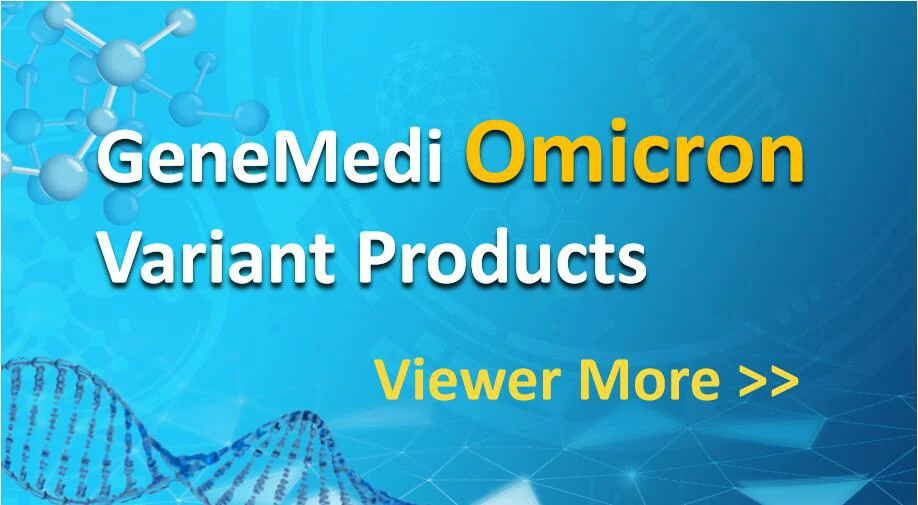FDA approved neutralizing antibodies (NAb) and our products 1. SARS-CoV-2 neutralizing antibodies (NAb) SARS-CoV-2, the novel coronavirus responsible for the ongoing COVID-19 pandemic, has been spreading rampantly. The global scientific community has responded rapidly to understand immune correlates of protection to develop vaccines and immunotherapeutic against the virus. The RBD of spike plays a critical […]
Author Archives: shanzhu
Definition–What is neutralizing antibody (NAb)? Regarding neutralizing antibody activity, Neutralization can be achieved through four main mechanisms2: (1)NAbs binding to viral surface proteins and blocking their interaction with the host cell receptor and infection; (2)NAbs binding to viral protein epitopes that interact with host cell coreceptors that are key for viral infection; (3)NAbs binding to viral […]
How to produce neutralizing antibody (NAb) (production) Antibodies are made by B-cells in the bone marrow. Bone marrow has been long thought to be a hematopoietic organ. When B-cells are created, they begin to produce antibodies that will bind to specific antigens. Antigen-specific antibody producing, long-term lived plasma cells are largely found in the bone […]
Definition–What is neutralizing antibody (NAb)? A neutralizing antibody (NAb) is an antibody that is responsible for defending cells from pathogens, which are organisms that cause disease. They are produced naturally by the body as part of its immune response, and their production is triggered by both infections and vaccinations against infections1. A neutralising antibody rapid […]
Drug discovery against infectious disease requires the standard biological assays. The biological assay for viral disease is depends on the infection of cultured cells with virus and observation of its effect by microscopic techniques, viral load quantification using plaque assay, or reverse transcription-PCR. This conventional method is time consuming and limits the screening of large […]
The repeated units of protein monomer on the VLP surface are a strong immunogen. Compared to subunit peptides or proteins, epitopes on the VLPs surface have the natural structure to stimulate the B- and T-cell immune response. Moreover, repetitive epitope on the surface of VLPs stimulate the strong adaptive immunity without the help of adjuvants. […]
Virus like particles (VLP) for drug delivery VLPs are striking agent to deliver drugs, small molecules or nucleic acids due to their biocompatibility, biodegradability and targeted delivery. Different cargo-loading techniques have been used for loading either inside or outside the capsid. Different packaging system has been shown in fig. 2. Disassembly/reassembly of VLPs or in […]
A transmembrane protein (TM) is an integral membrane protein, which are embedded in the cell membrane. The transmembrane region, which directly interacts with the phospholipid bilayer and act as gateways to transport of specific substances across the membrane through signal pathways and cell metabolism. They regularly endure significant conformational changes to move a substance through the membrane. TM are highly hydrophobic, which aggregate […]
Structure of capsid proteins is important to stimulate the immune response and it is depended on the post translational modification of different expression systems. The various expression systems such as prokaryotic (bacteria, yeast) or eukaryotic (baculovirus/insect cell, mammalian cell and plant) have been used to produce the VLP. In addition, cell-free expression systems have also […]
The structure of antibody-drug conjugate (ADC) ADC consists of antibodies and payload, linker connects antibodies and small molecule drugs. After ADC drugs enter the blood, its antibody part will recognize and bind to the surface antigen of target cells. Theninternalizing ADC antigen complex into cells through endocytosis, the complex will be degraded by lysosomes and […]




